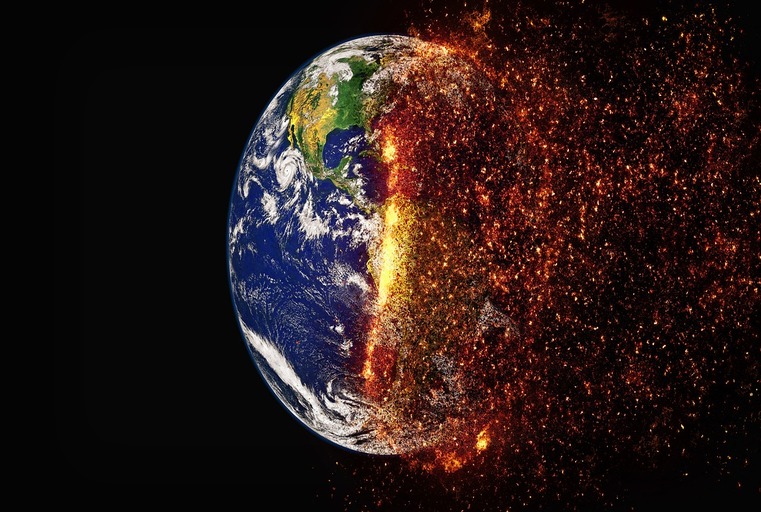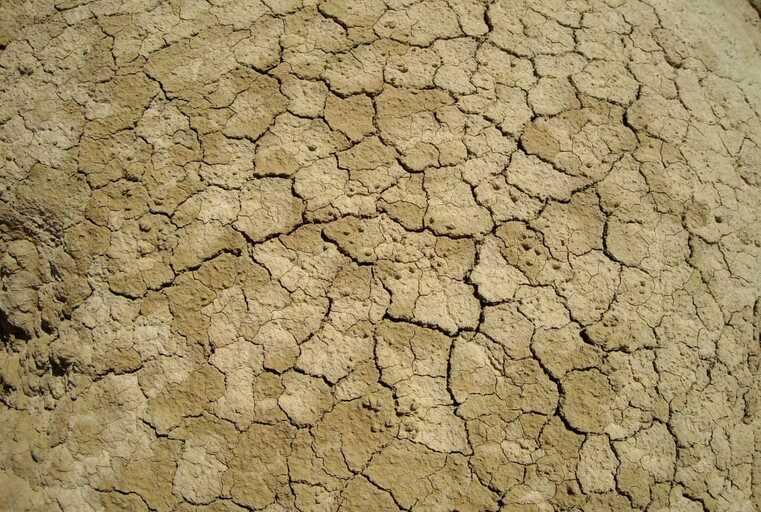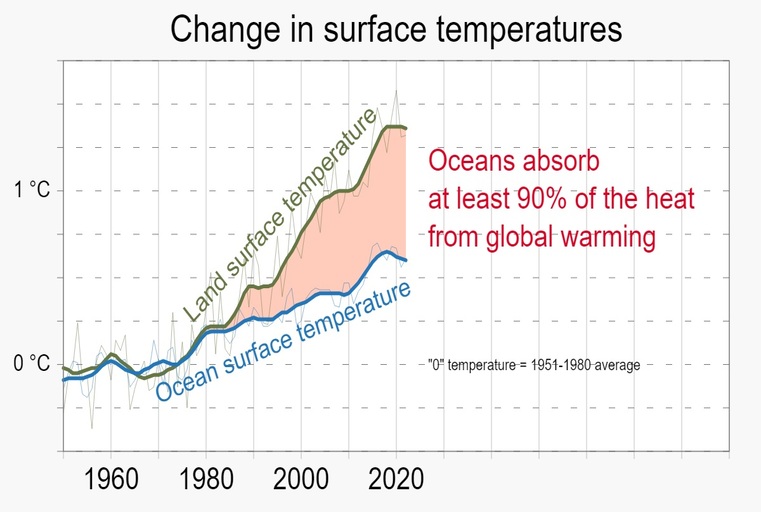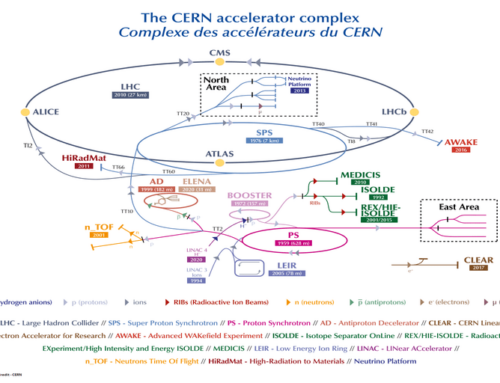
Global Warming is a phenomenon that describes the long-term effect of pollution on the environment. Most of us know about it but least of us are concerned about it. It is very frequent to hear someone complaining about a hot day or extreme cold weather or a freak storm and remark, “It’s global warming.” In simple terms, Global warming is a significant increase in the Temperature on our planet Earth over a relatively short period due to unmanaged human activity.
Well in this article we will learn what Global Warming is, what are the major causes for it, what its current effects are, and what the future effects could be if we do not take necessary action. To understand what this means, let’s start by reviewing some basic terminology like weather, climate, and greenhouse effect.
What is Weather and Climate?
Weather is a term that represents the local and short-term conditions of the environment. If it snows in the town where you live this weekend, that condition is known as weather.
The climate is a long-term condition of the environment and does not relate to one small location. The climate of an area is the average weather conditions in a region over a long period of time. If the part of the world you live in has cold snowy winters or hot dry wind, which would be part of the climate for the region you live in.

Difference between Weather and Climate
What causes global warming?
Global warming occurs when the amount of CFC and Greenhouse gases in the atmosphere increases. CFC and greenhouse gases are kind of pollutants that are mainly generated by human activity. These pollutants absorb sunlight and solar radiation that have bounced off the earth’s surface. In an idle scenario, this radiation would return back into space, but these pollutants trap the heat and cause the planet to get hotter. Life spans of the CFC are very long, many years, in the atmosphere. These heat-trapping pollutants – specifically carbon dioxide, nitrous oxide, and halogen compounds are generated very frequently by cooling equipment and fossil fuel-based industries in the current industrial developed era.
To curb this dangerous climate change requires very deep cuts in CFC emissions, as well as the use of renewable energy sources. On the positive side of the development countries around the globe have committed to reducing their emission level. But the negative side is that most of the countries are not working so fast enough to achieve their target. To avoid the painful impact of climate change scientists have suggested that we need to reduce global carbon emissions by as much as 40 percent by the end of 2030.
Extreme weather- Impact of Global warming:
As per the study conducted by NASA, since 1950, the frequency and intensity of heat increased mainly due to human action that causes the emission of greenhouse gases. This impact includes record-breaking high temperatures and dangerous heat waves. These events will become even more severe and common as the planet warms. A gradual increase in planet temperature generates hot and dry conditions which raises the risk of wildfires. As temperatures continue to rise globally, wildfires could become more frequent and intense in some regions, threatening flora-fauna and property.
As the planet warms, some dry areas are getting drier. Warmer temperature causes more evaporation of water from the earth’s surface, turning it into water vapor in the air. As we know warmer air can hold more water vapor, this creates a cycle that leads to greater warming and even more evaporation on that strata of the land. As less moisture is left at the surface, this generates Drought.
An increase in atmospheric temperature causes a rise in ocean temperature. With a warmer ocean and more moisture in the air, tropical cyclones can produce more intense and sustained rainfall. Typhoons, Cyclones, and Hurricanes are also bringing an increased coastal flood risk due to rising sea levels.


Drought and Ocean temperature change
Is Global warming is too big to handle:
No! None of the problems is too big to handle in this world. But it is very important to take necessary action within time. We can’t solve this problem without large-scale government action of various countries but also cannot be done without individual willingness and support. You may be surprised but you can reduce your carbon footprint to help in the fight against global warming. Make conserving energy a part of your daily lifestyle and your decision as a consumer. Whenever you buy a refrigerator, washer, or any new appliance, look for products with the Energy Star label. When you buy a motor vehicle always choose those that have the highest gas mileage and lowest emissions.
Thanks for reading. See you soon with another exploration!





